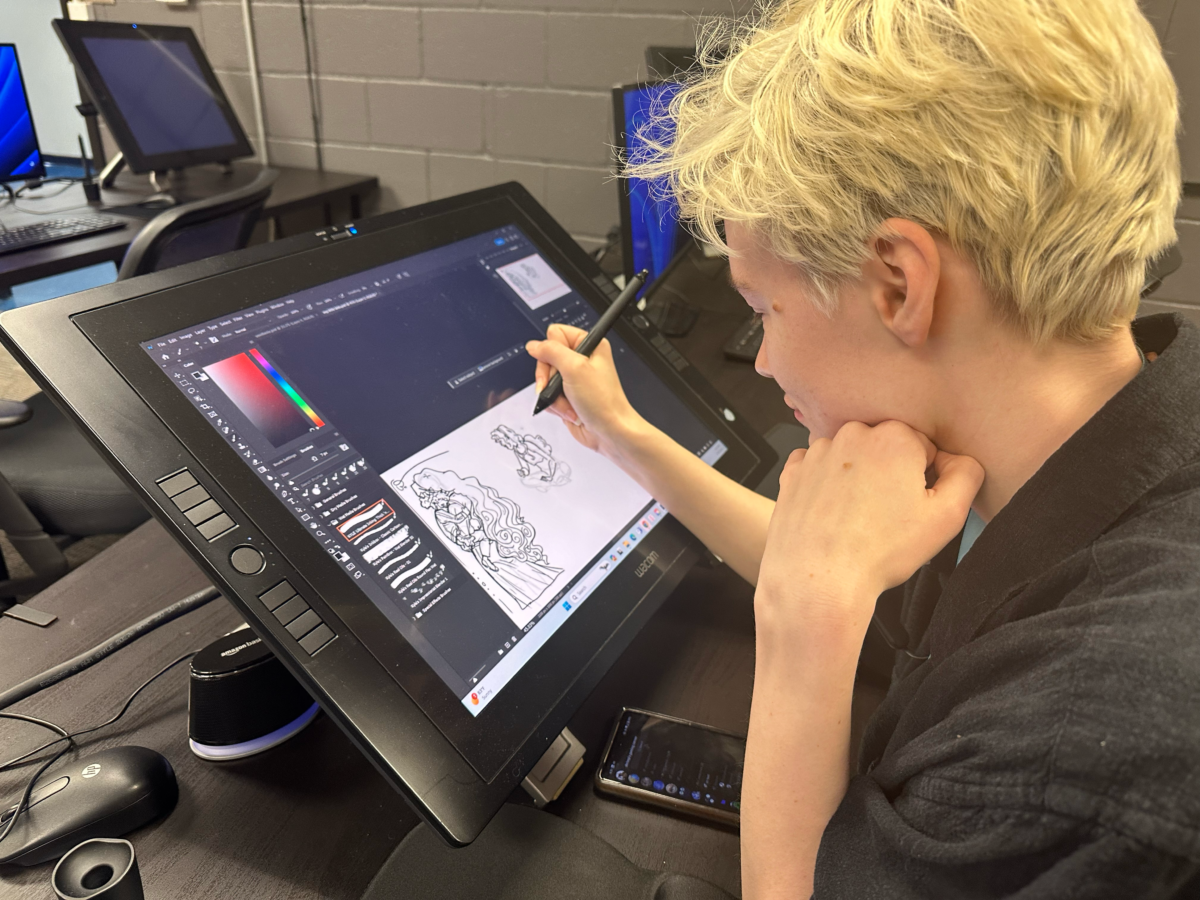As a Latino, I have the privilege of understanding the rich tapestry of our culture, one woven with vibrant threads of heritage, resilience and passion. Latino culture is as diverse as the U.S. itself, a beautiful kaleidoscope of traditions, flavors, sounds and histories. We run the multicultural/multiracial gamut, including Indigenous, Afro Latinos, Asian Latinos, those of European descent and every mix imagined. Latinidad is so vast that it can’t be confined to a single checkbox in the census. Yet, when we look at the reflection of our culture on television, it often falls short, failing to capture the true essence of who we are.

Fuse Media
The statistics are staggering: Latinos make up over 19% of the U.S. population and have a buying power of $3.4 trillion. Our brand loyalty runs deep, with many of us remaining loyal to products and companies that authentically embrace our culture. We are a demographic powerhouse, a force to be reckoned with in the market. Nike and Ross are some of the brands that understand this. Neither makes it to the top 10 with non-Hispanic consumers; however, they rank 4 and 6 respectively among Latinos.
Latino buying power is just as pronounced — if not more — in Hollywood, where we comprised 29% of all movie tickets sold in 2020. You’d think the industry would respond to our turnout by making sure its content reflects its audience, but you’d think wrong: Latinos currently account for a mere 5.1% of lead actors and 4.5% of co-lead/ensemble actors. The representation of Latino talent as screenwriters and directors were both below 3 percent in 2022. The numbers are not much better as they relate to television, where Latinos make up 2.6% of leads and 1.4% of showrunners.
True and accurate representations of Latinos on TV should also extend to the language in which content for us is made. Studies show that English-language consumption increases generationally among Latinos, and this isn’t breaking news: A 2011 Pew Research Center study and a 2016 report from PricewaterhouseCoopers both highlight that a significant majority of Latinos opt for English-language media, and this trend grows more pronounced with each generation. But even with all of this well-documented data, television executives continue to think of Latinos as a niche.
There are a few reasons why the industry has yet to catch up. Historically, when the first set of TV networks for Latinos in the U.S. was introduced, it made sense that they were in Spanish, because the composition of the U.S. Latino population was mostly recent immigrants. For many years, when people wanted to reach Latinos, the major Spanish-language networks were the obvious choice. But times have changed, and so has the makeup of the Latino community, with births now also playing a significant role in recent growth among U.S. Latinos. While Spanish-speaking Latinos remain a viable and significant audience, English-speaking Latinos represent an opportunity for exponential growth.
Another reason that our media doesn’t match our reality is the misguided assumption that if we speak English and are born and raised in the U.S., general market entertainment fulfills our entertainment needs. The difference is nuanced, but still extremely important. Even though we are entertained, we are not represented, and therefore we don’t get to enjoy a sense of belonging. Latinos consume media in English, so the industry does not feel the economic incentive to make a shift. Just imagine the potential for the movie industry if it were to wholeheartedly embrace true inclusion in both storytelling and casting for Latino talent. In fact, earlier this year when movies that authentically portrayed our experiences were (finally!) released, we played a pivotal role in their successes: Blue Beetle catapulted to the top of the weekend box office, with Latinos topping ourselves when it came to our share of the turnout (39% as opposed to our usual 30%, according to PostTrak). Meanwhile, we made Flamin’ Hot Searchlight’s most-watched streaming film of all time, as reported by the studio. Yet the industry remains comfortable with the status quo and has little motivation to change the narrative. This approach is shortsighted in every respect. Beyond being a smart business decision, this is a social justice issue — media shapes perception.
Ensuring that we see true and accurate representations of Latinos on TV has become a mission for me — hence, my personal and professional investment in Fuse Media in order to create a space for Latino and other culturally diverse creators to authentically share their stories. But I can’t do it alone. Only by producing stories in which Latinos are weavers of the narrative, and by creating opportunities for Latinos to be crucial members of the cast, crew and executive teams, can we give our audiences truly reflective programming. We need content that depicts stories of how we are integrated into the society we contribute to each and every day, in the country that for so many of us not only is home but also is the only place we’ve ever lived in. We need to ensure that the decision-makers responsible for greenlighting projects and selecting showrunners truly understand the depth and intricacies of the Latino audience. It’s been alarming to see these same decision-makers lose their DEI leaders, calling into question how serious Hollywood really is about genuine inclusivity.
As the film and television industry grapples with the results of the strikes and we try to figure out the rapidly changing media landscape, it’s time to take stock of where our industry is headed. We will not reach our full economic potential if we are not leveraging the entire spectrum of the Latino audience and our tremendous – and growing – buying power. We’re a diverse group, but not impossible to understand. You just need to try, and it will pay off in dividends.
Miguel Roggero is Chairman & CEO of Fuse Media, a Latino-owned entertainment company known for celebrating culturally diverse voices. His commitment to championing diversity in media was the driving force behind his decision to acquire a majority, controlling interest in the company. Under his leadership, the company has evolved into a global media brand with a growing portfolio of DEI-focused linear and streaming channels that are dedicated to empowering young, culturally diverse audiences with vibrant content that genuinely reflects their life experiences.




